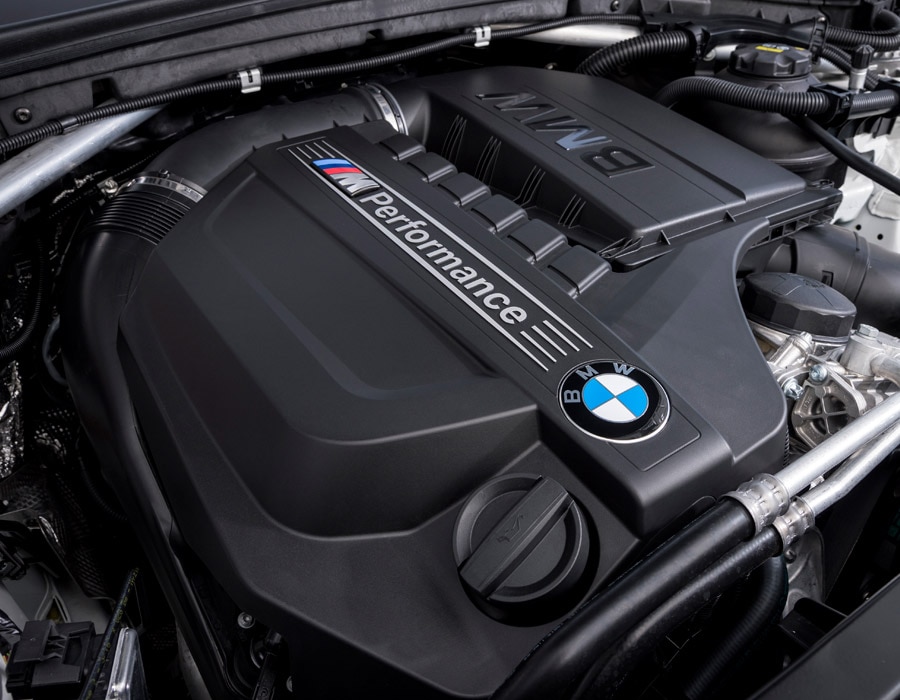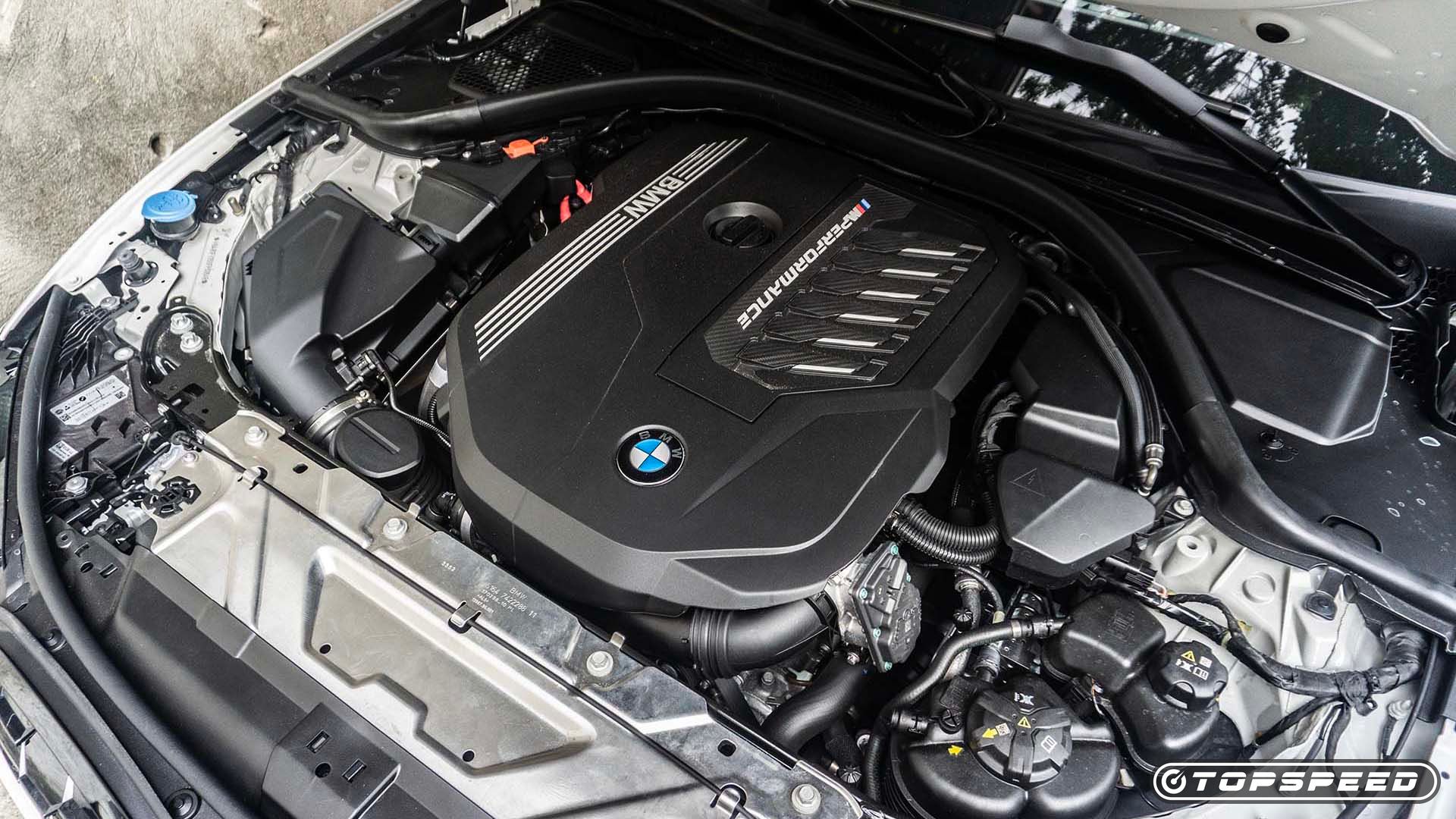The Evolution of the BMW Engine: A Look Back at Iconic Models
The Evolution of the BMW Engine: A Look Back at Iconic Models
Blog Article
Discovering the Advancement of Burning Engines in Modern Transportation Systems
As we navigate the landscape of contemporary transportation, the development of combustion engines stands as a testament to human ingenuity and engineering prowess. From their modest beginnings to the sophisticated giants propelling vehicles today, combustion engines have actually undertaken a remarkable trip of technology and adjustment. Recognizing the details of this advancement not just clarifies the past however likewise leads the way for picturing what exists ahead in the realm of transportation technology. The interaction of background, innovation, and environmental concerns in forming the trajectory of burning engines produces a narrative that is both insightful and compelling.
Early Beginnings of Combustion Engines
Exactly how did the principle of burning engines very first arise in the very early stages of transportation growth? The origins of burning engines can be traced back to the 17th century when the concepts of inner burning were first explored.
The innovation moment came with the development of the initial successful gasoline-powered engine by Karl Benz in 1885 - bmw engine. This engine led the way for the growth of the modern auto, revolutionizing transportation systems worldwide. Subsequent developments by Nikolaus Otto and Gottlieb Daimler further improved combustion engine innovation, bring about the mass manufacturing of vehicles and the rapid growth of the transportation sector
These very early burning engines were defined by their simplicity and performance, laying the foundation for the complex and effective engines made use of in modern transport systems. The evolution of combustion engines has been instrumental fit the way we take a trip and deliver products, noting a significant milestone in the history of transport development.
Shift to Internal Combustion Modern Technology
The shift to interior burning innovation marked an essential shift in the development of transportation systems. This change began in the late 19th century, with creators like Nikolaus Otto and Gottlieb Daimler creating the first successful interior combustion engines. These engines revolutionized transportation by providing a more efficient and powerful alternative to heavy steam engines and electric motors.
One of the vital benefits of interior burning engines was their ability to be scaled down to fit right into automobiles, resulting in the development of autos and motorbikes. This shift from cumbersome, stationary engines to portable, mobile ones paved the way for the contemporary transport systems we see today.
The change to internal combustion technology additionally spurred improvements in fuel modern technology, causing the advancement of fuel and diesel as main gas sources for vehicles. This change not just made transport a lot more available to the masses yet likewise laid the structure for the oil and gas industry to end up being integral to international economic climates.
Impact of Combustion Engines on Transport
The fostering of burning engines in transport systems catalyzed an extensive change in the effectiveness and rate of global movement. Combustion engines changed transport by providing a functional and trusted resource of power for different cars, including autos, ships, vehicles, and planes. This development considerably improved the ability for individuals and goods to relocate over fars away in shorter amount of time, bring about increased connectivity in between regions and nations.
Additionally, the widespread use combustion engines has had a considerable effect on economic growth. The capability to carry items effectively has actually spurred profession and commerce, permitting organizations to broaden their markets and get to consumers worldwide. This has assisted in financial development and globalization, as items can currently be moved quicker and in bigger quantities than in the past.
Nonetheless, the environmental effect of combustion engines can not be neglected. The combustion of nonrenewable fuel sources has led to air pollution and greenhouse gas emissions, adding to climate adjustment and posing health risks to populaces. bmw engine. Because of this, there is an expanding emphasis on establishing alternative propulsion technologies to minimize these unfavorable impacts and develop an extra lasting future for transportation
Innovations in Burning Engine Layout
Various innovations in burning engine layout have actually thrust the advancement of site web transport systems over the decades. One notable development is the advancement of turbocharged engines, which utilize exhaust gases to drive a generator that presses incoming air, permitting more gas to be scorched, resulting in raised power outcome without a substantial increase in engine dimension. In addition, straight shot technology has actually enhanced gas performance and performance by exactly regulating the amount and timing of gas injected right into the burning chamber. Variable shutoff timing systems have likewise changed engine style by optimizing airflow at various engine rates, enhancing both power and performance. Another considerable development is the assimilation of light-weight products such as carbon fiber and light weight aluminum alloys, minimizing overall engine weight and enhancing vehicle fuel economy. Improvements in computer-aided design have made it possible for designers to enhance engine performance and effectiveness through simulations prior to physical prototypes are developed, saving time and resources in the growth procedure. These innovations jointly add to the continuous renovation of combustion engines in modern-day transportation systems.
Future Patterns in Combustion Engine Growth
With modern technology developments driving constant advancement, the future of combustion engine development is positioned to transform transport systems worldwide. One of the essential patterns in burning engine growth is the press towards greater efficiency and decreased emissions. Suppliers are investing heavily in r & d to enhance engine performance while fulfilling strict environmental regulations. This includes the integration of advanced gas shot systems, boosted turbocharging approaches, and using lightweight products to optimize gas consumption and reduce carbon discharges.
One more famous pattern is the adoption of crossbreed innovations in combustion engines. Hybrid engines incorporate typical combustion innovation with electric power, offering boosted fuel efficiency and reduced exhausts. As the vehicle sector changes in the direction of electrification, hybrid burning engines are viewed as a transitional option that links the void in between standard automobiles and totally electric ones.
Additionally, the combination of clever technologies, such as man-made knowledge and information analytics, is anticipated to play a considerable duty in the future of combustion engine advancement. These innovations can optimize engine performance in real-time, bring about a lot more efficient burning procedures and improved overall vehicle efficiency. Embracing these future fads will certainly not just drive innovation in burning engine growth yet additionally add to an extra lasting and eco-friendly transport ecosystem.

Verdict
To conclude, the evolution of combustion engines in modern transportation systems has been marked by significant developments in innovation and style. From the early beginnings of combustion engines to the transition to internal combustion modern technology, these engines have had a profound effect on transportation. Developments in burning engine style remain to drive development in this field, with future trends focusing on further boosting performance and lowering exhausts. The future of burning engines in transportation looks promising as r & d initiatives proceed to push boundaries.
The origins of combustion engines can be mapped back to the 17th century when the concepts from this source of internal burning were very first explored. These engines changed transportation by offering an extra powerful and efficient option to steam engines and electrical motors.

Report this page